The angle and the time when it was measured can be used to calculate a position line on a nautical or aeronautical chart. Here are a few of the highlights to summarize celestial navigation and to get you started.
You can then use that information to pinpoint your latitude or your position on the globe relative to the equator.

How to use a sextant for celestial navigation.
A sextant is an old navigational tool that measures elevation using angular distances.
Navigation by sextant theres no way around it.
The sextant is the most popular tool used to aid in celestial navigation.
Celestial navigation using a sextant is a complex and involved process that involves a fair amount of calculating correcting referring to tables knowledge of the heavens and the earth as well as a lot of common sense.
Celestial navigation continues to be used by private yachtsmen and particularly by long distance cruising yachts around the world.
John campbell is the one that invented the sextant an innovation that ultimately changed the world of celestial navigation.
No wonder its been so quickly replaced by the satellite dependent global.
The history of the sextant is compelling this instrument is used to accurately calculate the altitude of a celestial object above the horizon.
A sextant is an instrument generally used to measure the altitude of a celestial object above the horizon.
With this tool the traveler calculates longitude and latitude so they may figure a location.
You can use a sextant to determine the altitude in the sky of the sun moon or other celestial bodies relative to the horizon.
Held horizontally the sextant can be used to measure the angle between any two objects such as between two lighthouses which will similarly allow for calculation of a line of position on a chart.
The calculation of determining latitude and longitude is complex and a person needs to learn many things.
Making this measurement is known as sighting the object shooting the object or taking a sight.
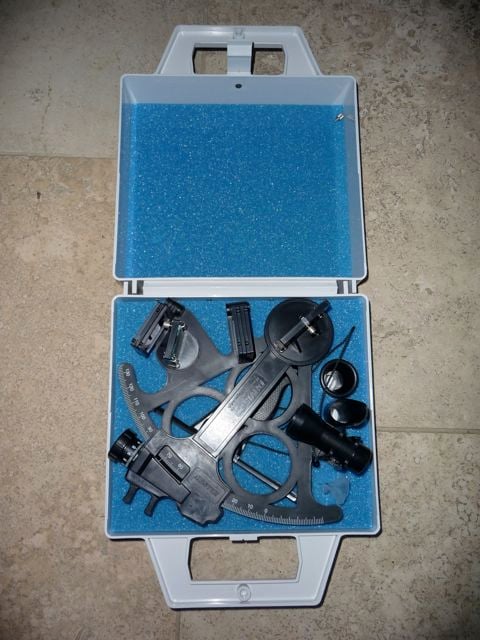
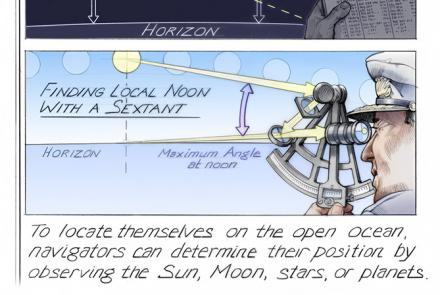

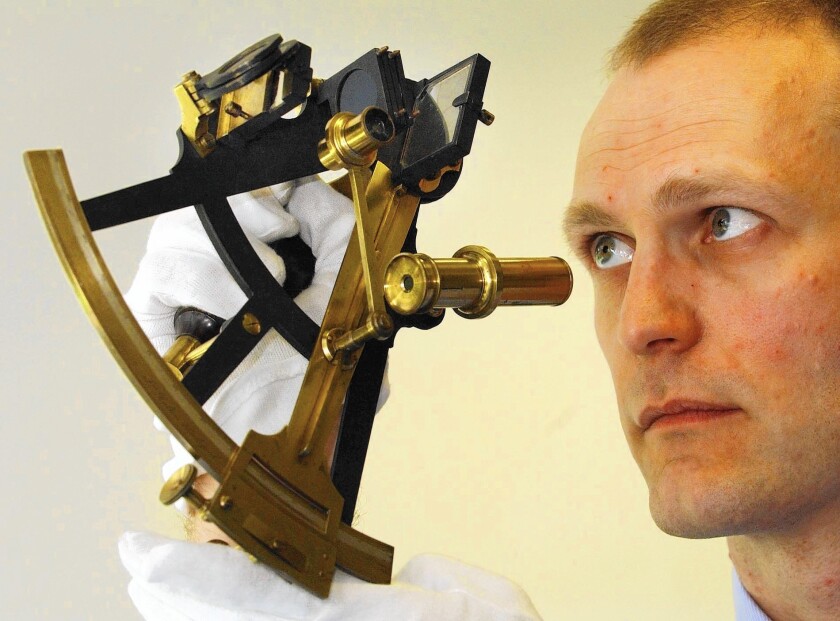




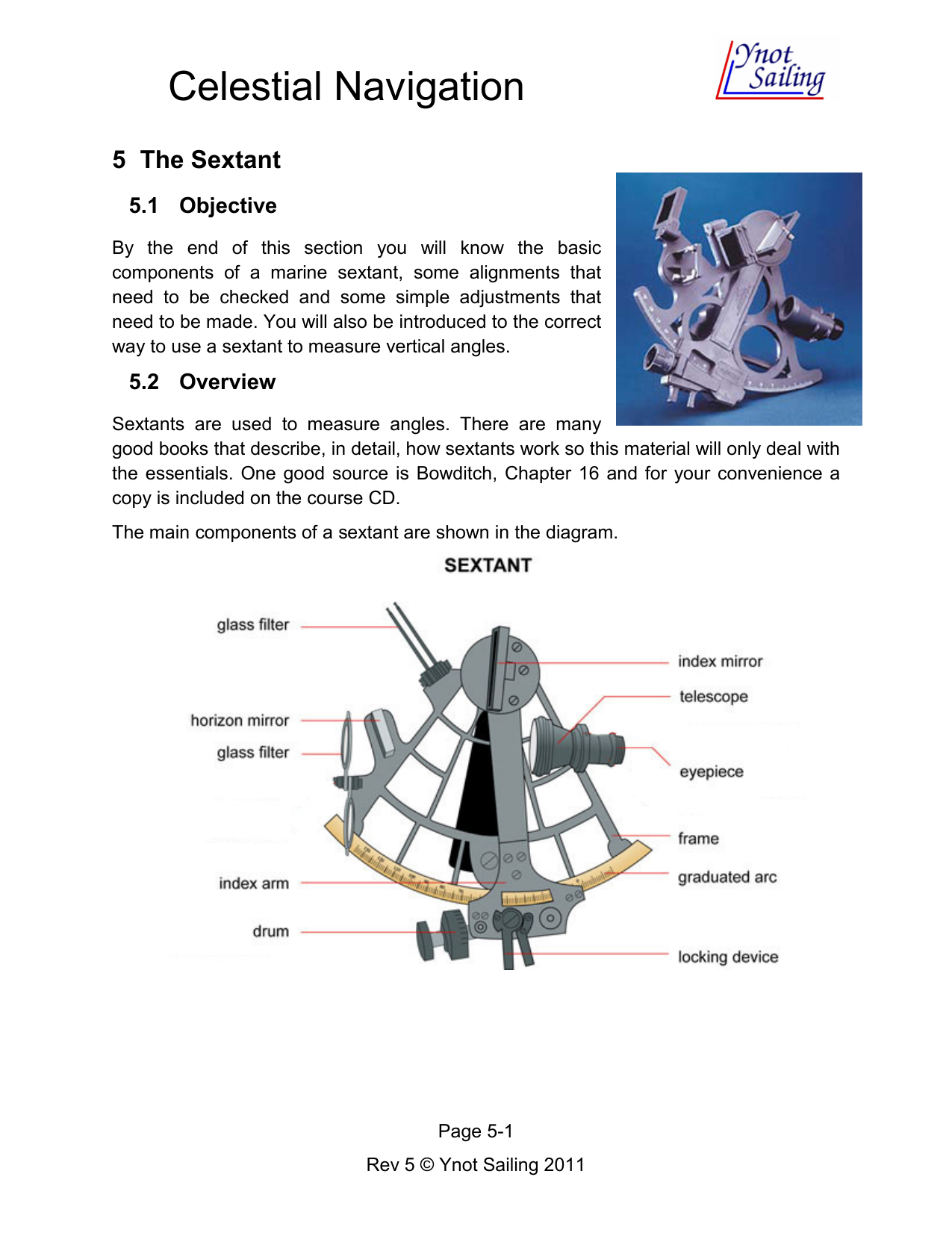


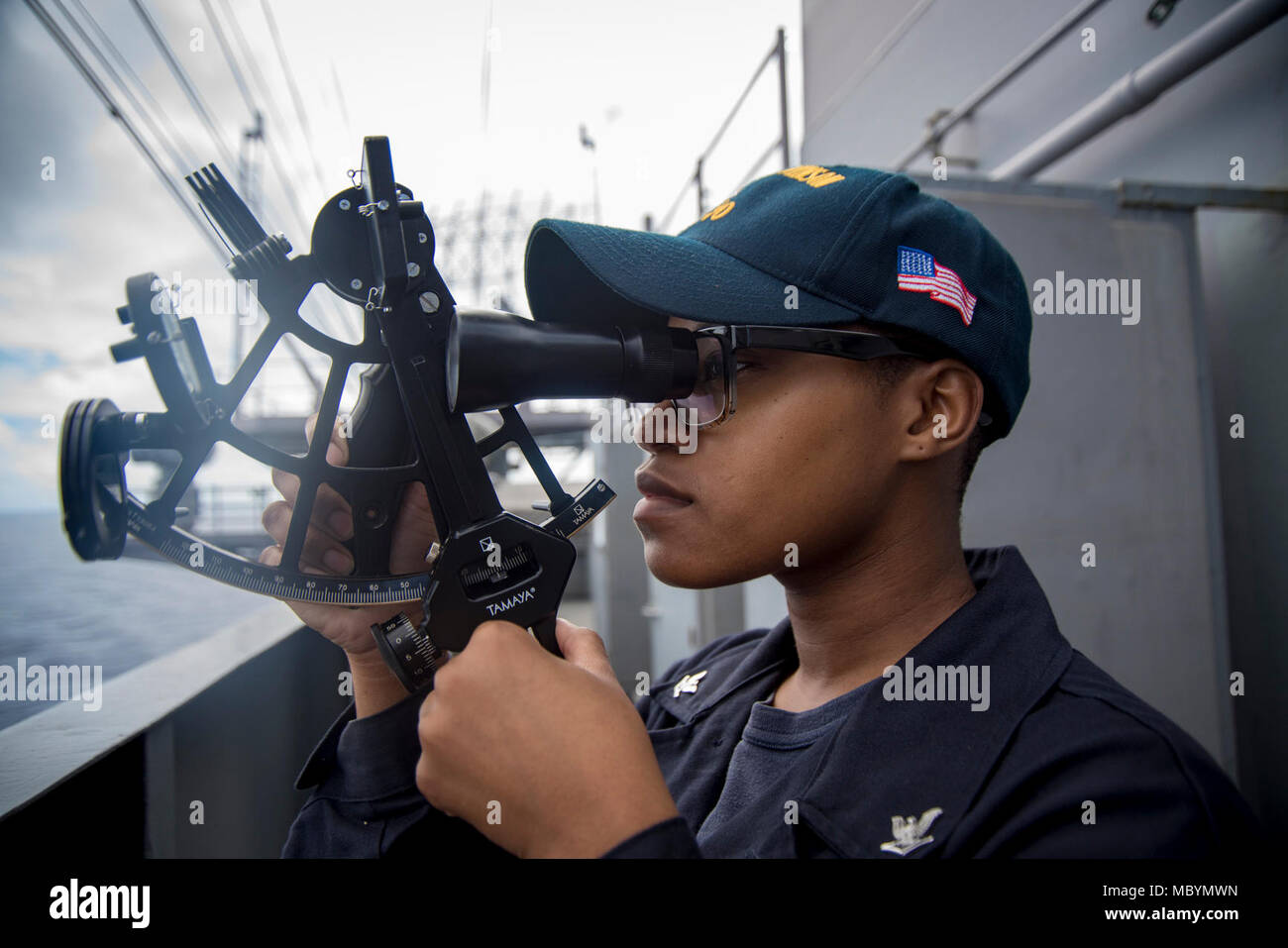


No comments:
Post a Comment